Description
Kainantu is one of the first main highland towns on the westbound Highlands Highway—the rugged, and only, official route connecting the East coast of Papua New Guinea (PNG) and its industrial port of Lae with the island’s central rainforests. Kainantu, prior to PNG’s independence in 1975, was a busy coffee city for many Australian and European “plantation” (estate) owners and is home to some of the earliest commercial coffee plantings in the country’s history. From its earliest introduction to present day, the arabica gene stock here is considered to be one of PNG’s strongest natural assets, not to mention one of the best-preserved typica lineage varieties in the world. And these delicate genetics clearly thrive in the country’s highlands, which are some of the most biodiverse and fertile on the planet.
Kainantu is still a major trading post and consolidation point for coffee from throughout the Eastern Highlands, and the closest urban center to the surrounding highland expanse of villages and smallholder coffee gardeners. Konkua’s coffee comes from smallholder gardens in two districts: Konkua Okipa near Kainantu, and Obura Wonenara, a remote community a few hours south. 137 smallholders between these two communities collectively farm 313 hectares of planted coffee. Both Konkua and Obura Wonenara, while obscure in size, are nationally recognized in PNG’s coffee industry for their qualities, winning a national cupping competition in 2015.
Tasting Notes: Best from medium to dark roasts but a decent cup from light to dark; medium bodied, lower acidity and rich. At light roasts it will have a lemony floral tone upfront along with hints of caramel, which is awesome but can have a slightly earthy/nutty contrast to it. Anything even into the medium roast range is pretty chocolaty and smooth with just a pinch of a spice note. Darker roasts get a bit fuller bodied and roasty with some nice smoky accents.
Roasting Notes: Easy to roast, a nice processing batch. Roasts even and is medium to low chaff. For a milder everyday drinker, a nice stronger medium roast (a little before 2nd crack) is good. Darker roasts (into 2nd crack) get bolder and a little more semi-sweet chocolaty with complimenting roasty notes. A longer setup (3-5 days) will rid the cup of lemony citric tones at the lighter roasts.
Between World Wars I and II, Australian settlers would establish more and more large coffee estates in the Eastern Highlands and ramp up commercial exports, and rural indigenous Papuans would adopt coffee as a cash crop alongside local subsistence products and regional trade, in most cases processing at home and selling humid parchment to traveling collectors. For hundreds of thousands of rural farmers coffee would be, and continues to be, the very first and only source of currency. To this day expert cultivation knowledge largely remains in the possession and experience of PNG’s plantation owners, and remote smallholder coffee tends to fall short of its potential, receiving scarce quality interventions from ambitious millers and exporters. Certain smallholder groups have managed to make a name for themselves, however, by fetching higher prices with better-prepared lots, and keeping communication strong with their exporters despite the geographical and cultural distances. Konkua is one such group.
Coffees grown here are processed as is typical among smallholders in PNG: cherry is picked and hand-pulped on site, and then fermented dry in small plastic tubs or bags, often for as long as 48 hours to achieve the necessary mucilage degradation in a very small batch. Clean water is used to wash the fermented parchment, which is then dried on a combination of ground tarps and, more frequently, raised screen beds. The farming network maintains a central collection depot near the Highlands Highway, where dried parchment accumulates before being sold to the exporter at the mill. “A/X” in PNG simply denotes a blend of screen sizes, which is independent of the coffee’s quality, and is a common physical grade for smallholder coffee.
To learn more about PNG’s unusual coffee industry, check out our recent blog article “The Wild West of Coffee Production.”
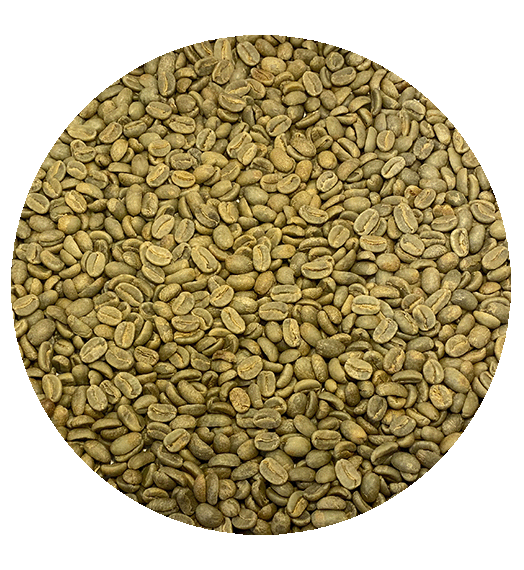
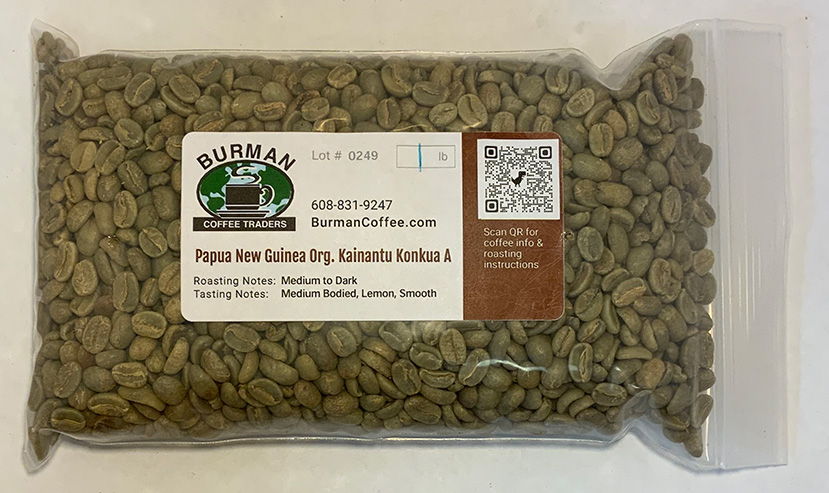
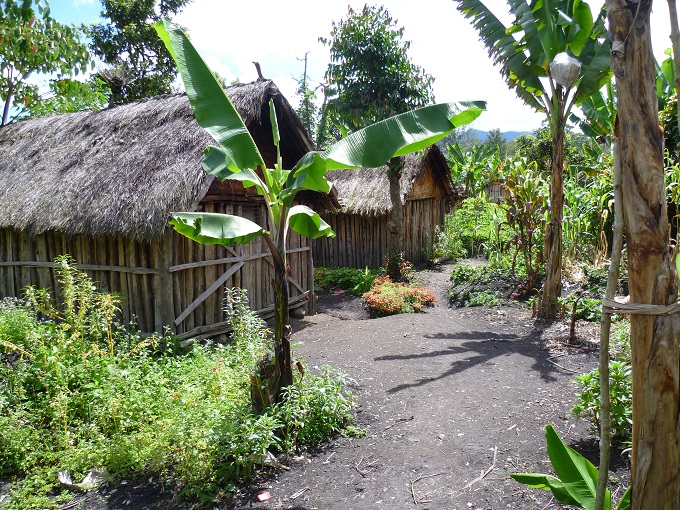
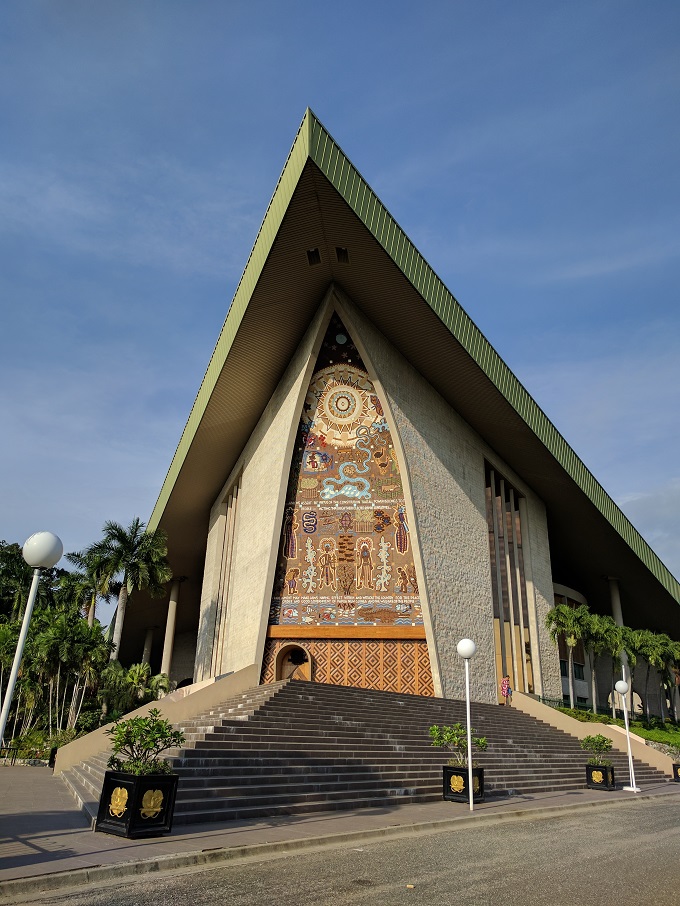
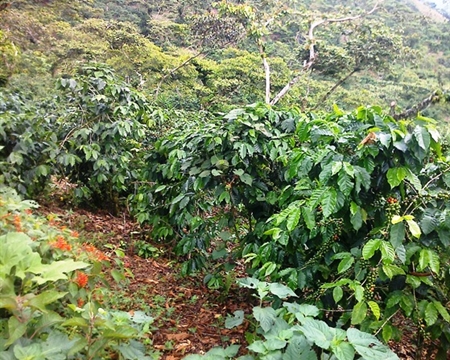
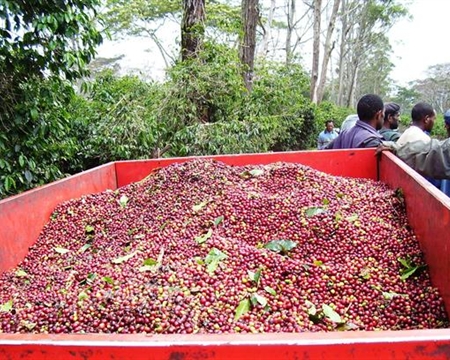
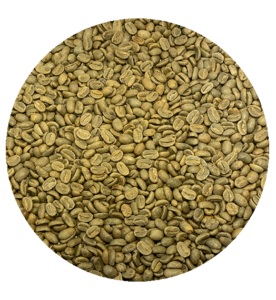
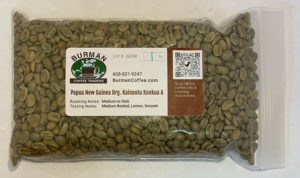
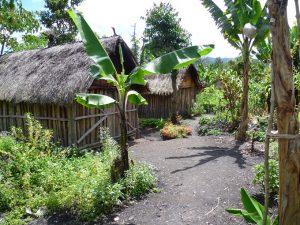
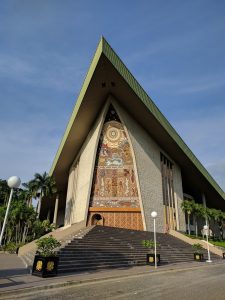
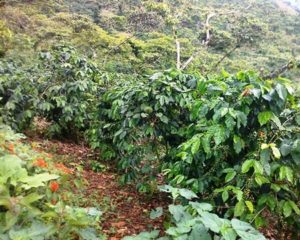
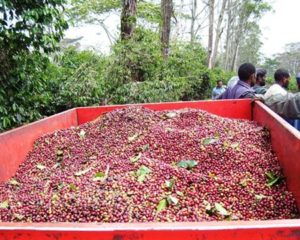
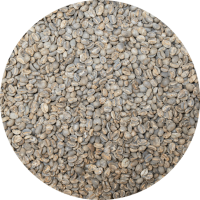
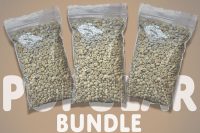
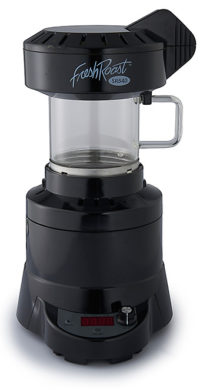
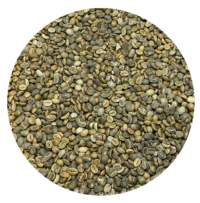

Reviews
There are no reviews yet.